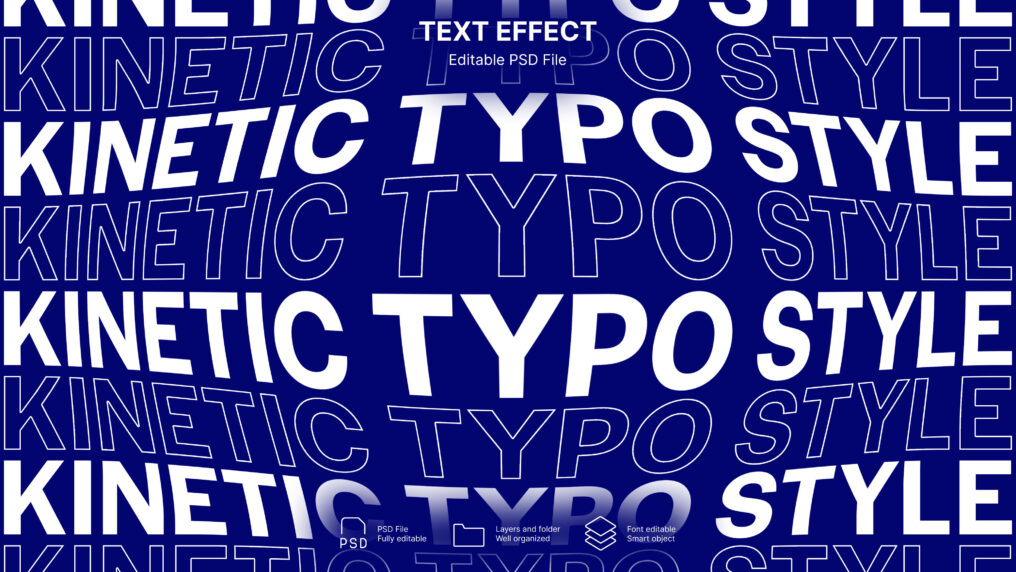
The simplest thing one can do is to compose dark letters on a white foundation, also, by and large, talking, that checks out. If you believe your docs should be all the more outwardly engaging and look proficient, you should substitute the shades a bit.
Most firms may need to consider the cute fonts they use in a report, yet that mix-up can measure up to a vocalist not tending to think about what instrument is utilized as they sing. Font styles add tone to a record, making correspondence more transparent and engaging.
Getting Started With Choosing The Right Fonts For Documentation
The Font styles in reports can measure up to penmanship. You presumably know somebody whose penmanship is a delight, while someone else’s can immediately put you off perusing. While picking record Font styles, we see the correspondence’s motivation.
Additionally, the designer or writer frequently supplants the dim with the dark to make the differentiation milder – it is less tiring to peruse.
Utilizing paler shades of a similar variety is something we often see with titles – this way, it becomes more straightforward to handle the title progressive system.
While carrying out this methodology, remember about lucidness. A kids’ storybook will have font styles that trigger enthusiasm, while a strategic plan should not be difficult to peruse.
Recipe for Wonderful Font Style Mix:
It is fascinating the way that our cerebrum picks what it enjoys. As a rule, it enjoys what it is familiar with. Discussing Font styles, justifiably, a specialized essayist would need clarification attempting to sort out which cute font mixes are better seen by peruse.
To that end, most tech scholars would go with what their assistance creating instruments naturally has, their organization style guide offers, or pick one safe font style, and that is all there is to it. A style guide is ideal, while the different methodologies we referenced are imperfect.
Initial Feelings Count:
As a standard Font style for authoritative records, Times New Roman (alongside Arial and Helvetica) is perhaps the most customarily utilized Font style.
While there isn’t anything innately amiss with these Font styles, using them flags an absence of decision — at the end of the day, unresponsiveness.
As a lawyer and Harvard-prepared typographer, Matthew Butterick writes in Typography for Legal Counselors, “Times New Roman isn’t a Font style decision to such an extent as the shortfall of a Font style decision, similar to the darkness of profound space, isn’t a variety.”
To put it plainly, pick one more Font style to show your legitimate clients and perusers that you care about your lawful composition.
Best Font Style for Authoritative Records:
The lawful calling is a profoundly controlled industry, so there is nothing unexpected that the American High Court has rules on cute fonts. The Century family is the preferred style, and the 12-point type is practically required.
Yet, not all reports will be submitted to the High Court, so the best Font style for authoritative records would be an expert style that is not difficult to peruse.
Your Law Office Brand:
If all the substance on their site, names, and promoting materials were in a standard Font style like Times New Roman or Arial, how might your impression of the brand change? Odds are the brand would turn into significantly exhausting and less engaging.
Also, you want to utilize legitimate Font styles that mirror your law office brand in your authoritative reports. In a perfect world, you’ll now have some law office Font styles to work within view of your company’s image.
However, by and large, while drafting lawful briefs, contracts, notices, and so on, go with a spotless, proficient-looking Font style that is easy to peruse and suitable for your image.
Best Font Style for True Records:
Whether you’re a task candidate composing a resume or a manager drafting a notice to all staff, official records need to adjust to specific rules. Among these is picking the right Font style for accurate records.
Calibri is a cute font that is a significant competitor for the best Font style for accurate reports. Most workplaces use it since it is the default on their PC, yet it is additionally suggested for true use.
Fonts You Must Avoid If You Are Documenting
Until now, we have finally understood the importance of a clear and understandable font. But some people still choose the wrong ones as they don’t have enough clarity about how and why they matter.
Below I have mentioned a few fonts that you should never use if you are formally documenting something or making a presentation:
- Lobster
Ruling as a popular name just a few years ago, Lobster is slowly losing out all the attention. The reasons are pretty obvious and you will agree with the same.
Lobster features cursive writing that is somewhat difficult to read. It is also one of the most designer-oriented fonts that lose touch with time.
For logo designs or headings, Lobster is a great choice, but it’s a simple no-no for documentation.
- Impact
Unlike other unreadable fonts, Impact doesn’t compromise on readability. However, the problem with the font style is that people have been misusing it very commonly.
Not only is the typeface too thin, but also overly focused, thus highlighting even trivial things in a document.
The best option is to prevent using this font for public documents, presentations as well as professional logos.
- Satisfy
Before I say something, you will be able to make out why Satisfy isn’t a great choice. Not that the font isn’t readable; the problem is somewhere else.
While choosing a font for documenting formal speeches or notes, we go for fonts that look formal. While Satisfy is completely clear and visible, it has a comic-font touch in it.
As such, people don’t use it while penning down something formal, logo-making or public documentation.
Conclusion:
Proposed serif Font styles consolidate Cambria, Georgia, and Times New Roman. Sans serif message styles don’t have little strokes joined to their letters, giving them a cleaner and more present-day style.
Some recommended sans serif printed styles consolidate Arial, Calibri, and Verdana.
Having said that, here we come towards the end of this article. I hope you got enough information about different font styles in this article. Thank you for reading till the end. Comment below and let us know your favorite font.




























